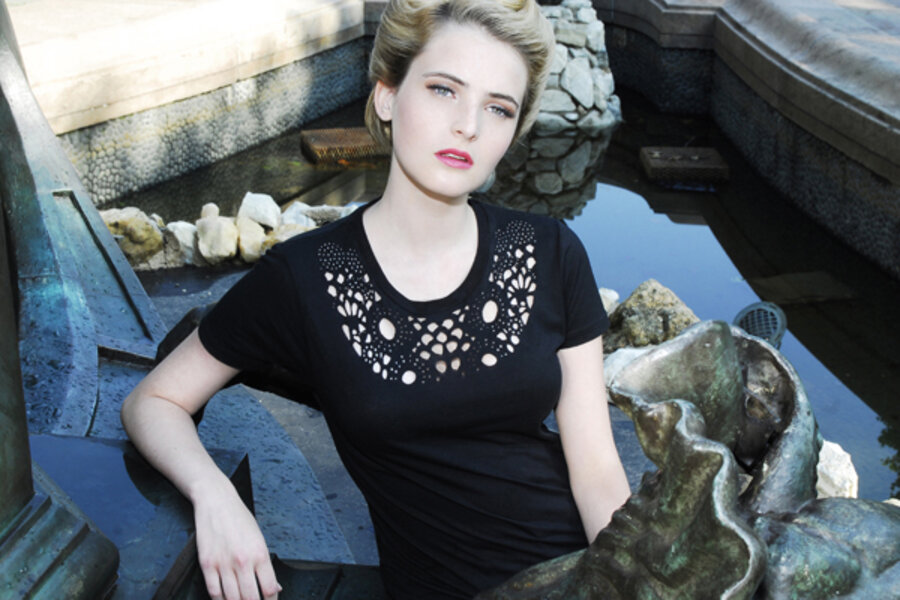Clothes that change color and shape seem like something out of science fiction. For Diana Eng, it’s just another day’s work. The fashion designer blends clothing and technology for a look that is unique to her.
“Fashion engineered from daydreams.” Those are the words emblazoned on Ms. Eng’s website. The New York-based designer wants her items to tell a story.
The clothes change shape through the use of inflatable parts and colors change thanks to LED lights.
The Fairytale Fashion collection was used as a teaching tool via the Internet. High school students in the US were able to see weekly videos on FairytaleFashion.org, which allowed them to see the process behind making wearable technology. The students suggested the design elements and Eng created them.
“I was doing something where I was educating kids in the public,” says Eng, “using technology to make something magical happen.”
Fairytale Fashion allowed Eng to work with LEDs and electroluminescent wires. The outfits were made with sensors that allowed the LEDs to change color. For example, the Twinkle dress lit up when it detected sound.
“I was thinking along the lines of fairytale,” says Eng. “Each of my designs has a story to tell.”
Eng can take as long as two years working on a single item of clothing.
“I just want to create something special,” says Eng, who started her ready-to-wear brand in 2010.
Eng likes to draw inspiration for her laser-cut T-shirts and reflective scarves from nature. Her laser-cut lace T-shirts were modeled after the cellular structure of plants.
The designer has incorporated math and science into her clothing, as well. She’s already designed a Fibonacci scarf, knitted in the style of the famed Fibonacci sequence. Then there are Eng’s Jack Frost scarves, which have snowflakes appear in the cold. The colder the weather, the bigger the snowflake that appeared. And Eng’s "retroreflective" scarves look different depending on where the light is coming from.
Her laser lace T-shirts sell for $68 and her accessories (scarves, necklaces, pins, and fortune-cookie coin purse) range from $36 to $275.
“I’m hoping to always manufacture in the [Unites States],” says Eng. “I would never sell to Target. I never want to do mass-market.”
And much like fellow designer Alison Lewis, Eng also published her own do-it-yourself book. "Fashion Geek," which was published in 2009, tells people how to create their own wearable technology.
“If you can’t buy it, make it yourself,” says Eng.
For more tech news, follow Aimee on Twitter, @aimee_ortiz







